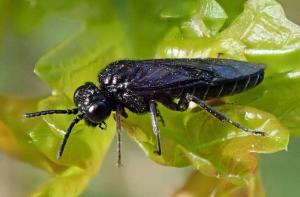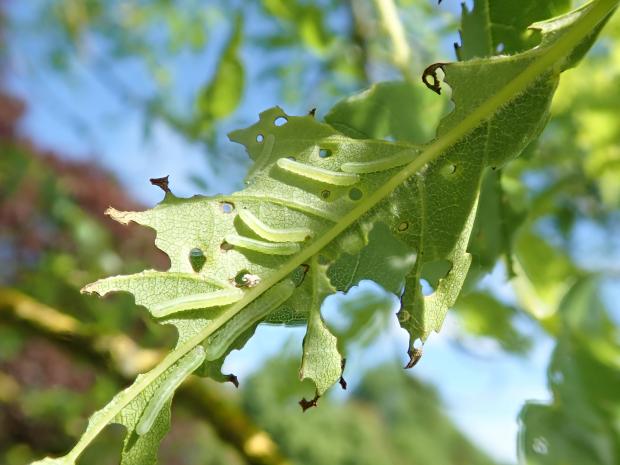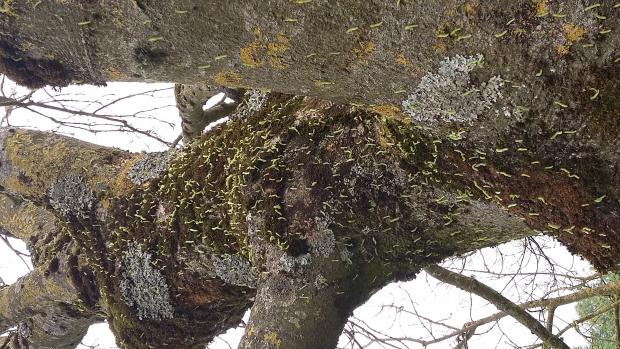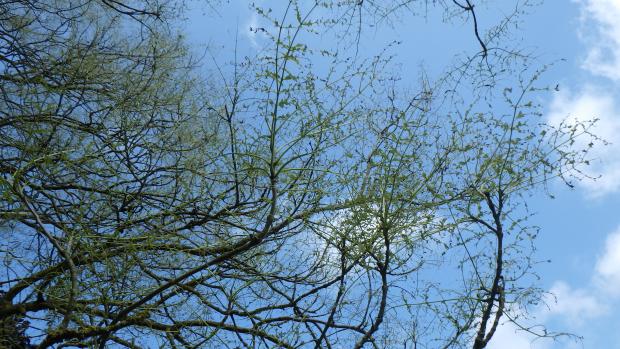AFBI play a key role in protecting the health of trees and plants in NI. Threats from pests and disease are of particular concern at present for ash trees.

Ash trees are a very familiar part of our landscape. After hawthorn, they are the most common hedgerow tree in Ireland and are home to a wide variety of wildlife as well as a useful timber product, for example, for making hurley sticks. However, our ash trees are under threat from invasive pests and pathogens.

Ash sawfly is a new species to Ireland. It was first recorded in Belvoir, Belfast in 2016 and has spread throughout the greater Belfast area and there are reports of it from as far afield as Co. Kildare. Dr Archie Murchie, an entomologist from the Agri-Food & Biosciences Institute (AFBI), said: “It is amazing how fast the sawflies have spread. I cycle along the Lagan towpath and you can see caterpillars all along the path.”

Another factor may be the interaction with another serious problem for ash, ash dieback disease. This fungal pathogen has swept through Europe and was first found in Northern Ireland in 2012. It can seriously damage and kill ash trees.

AFBI and the Department of Agriculture, Environment and Rural affairs (DAERA) are monitoring the spread of ash sawfly. Any sightings of ash sawfly can be logged on the TreeCheck web app, www.treecheck.net, which is run jointly by DAERA and the Department of Agriculture, Food and the Marine (DAFM) in ROI.
Notes to editors:
AFBI is an arms-length body of DAERA delivering research and development, diagnostic and analytical testing, emergency response capability and expert scientific advice for DAERA and other government departments, public bodies and commercial companies in Northern Ireland, and further afield.
AFBI’s Vision is “Advancing the Local and Global Agri-Food Sectors Through Scientific Excellence”.
AFBI’s core areas:
- Leading improvements in the agri-food industry;
- Protecting animal, plant and human health;
- Enhancing the natural and marine environment.
Latest news
- AFBI issues Nematodirus warning – Spring 2025 11 April 2025
- Managing Nature Based Risks to the UK Economy and Opportunities for Green Finance 08 April 2025
- AFBI Hillsborough host AERA committee 27 March 2025
- The Omics Days Conference 27 March 2025
